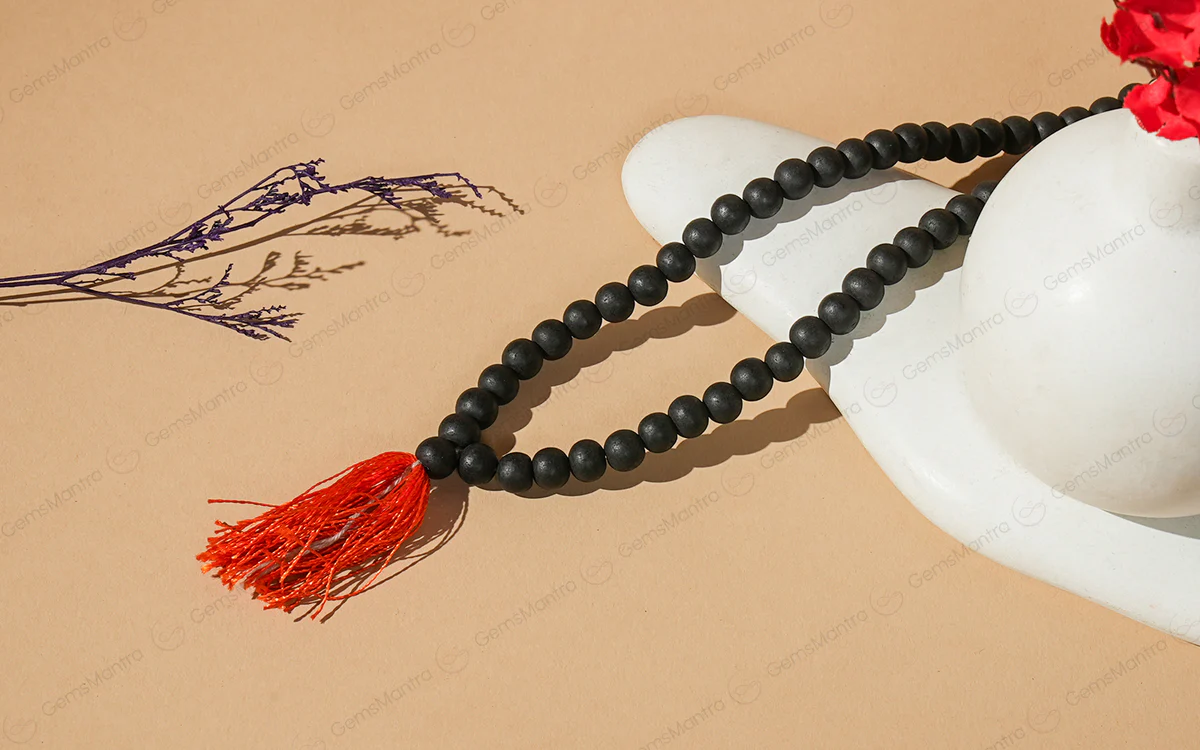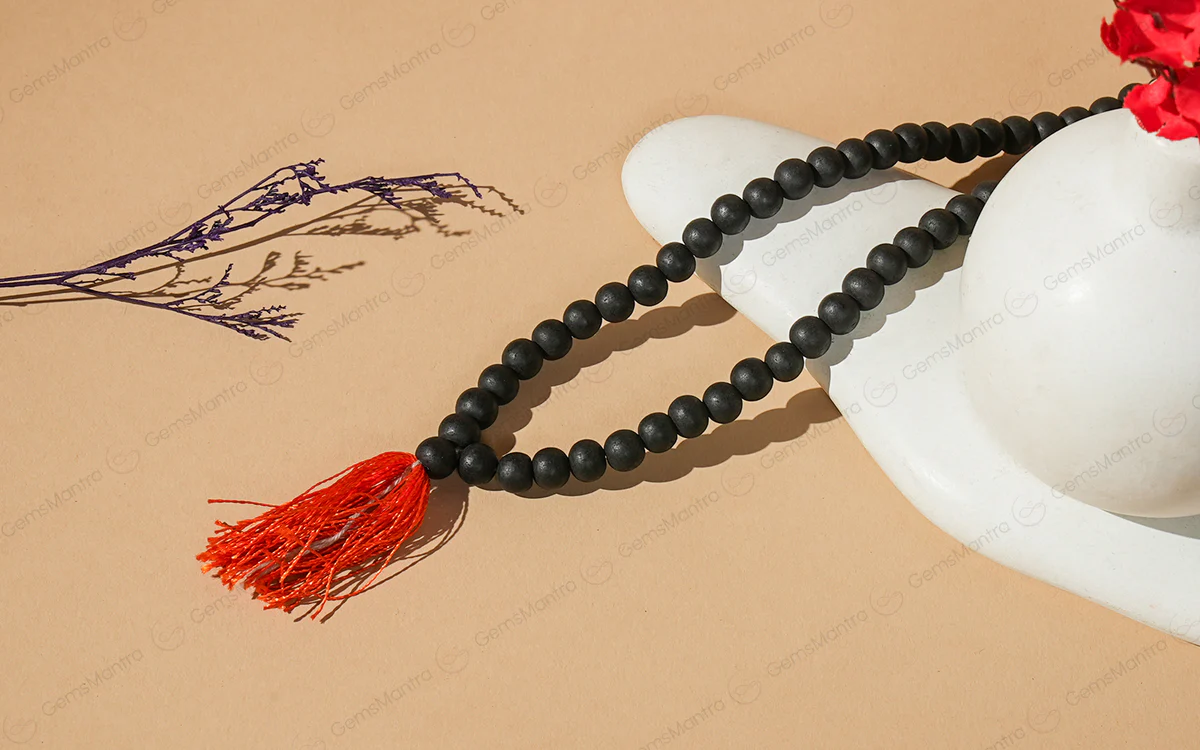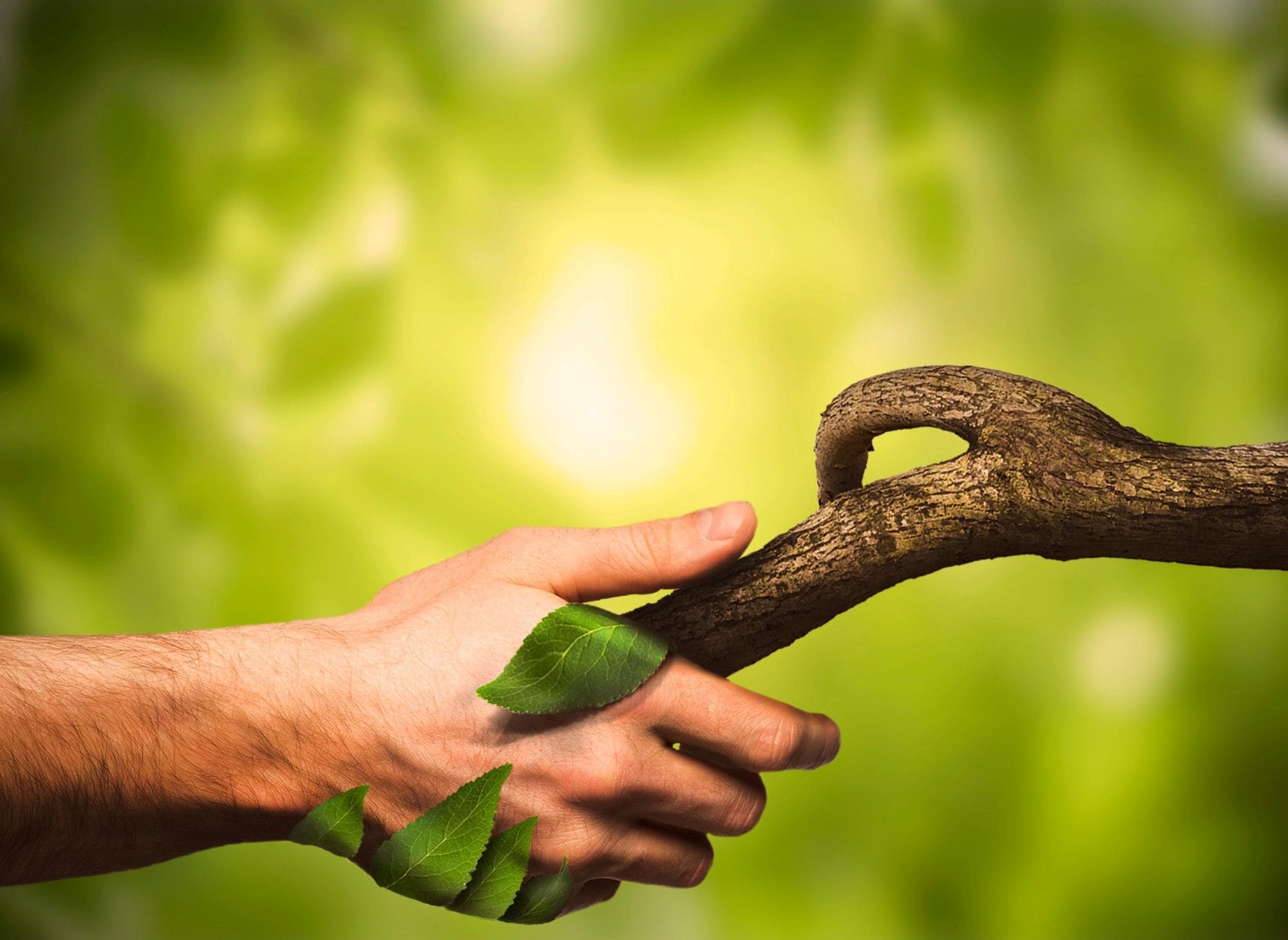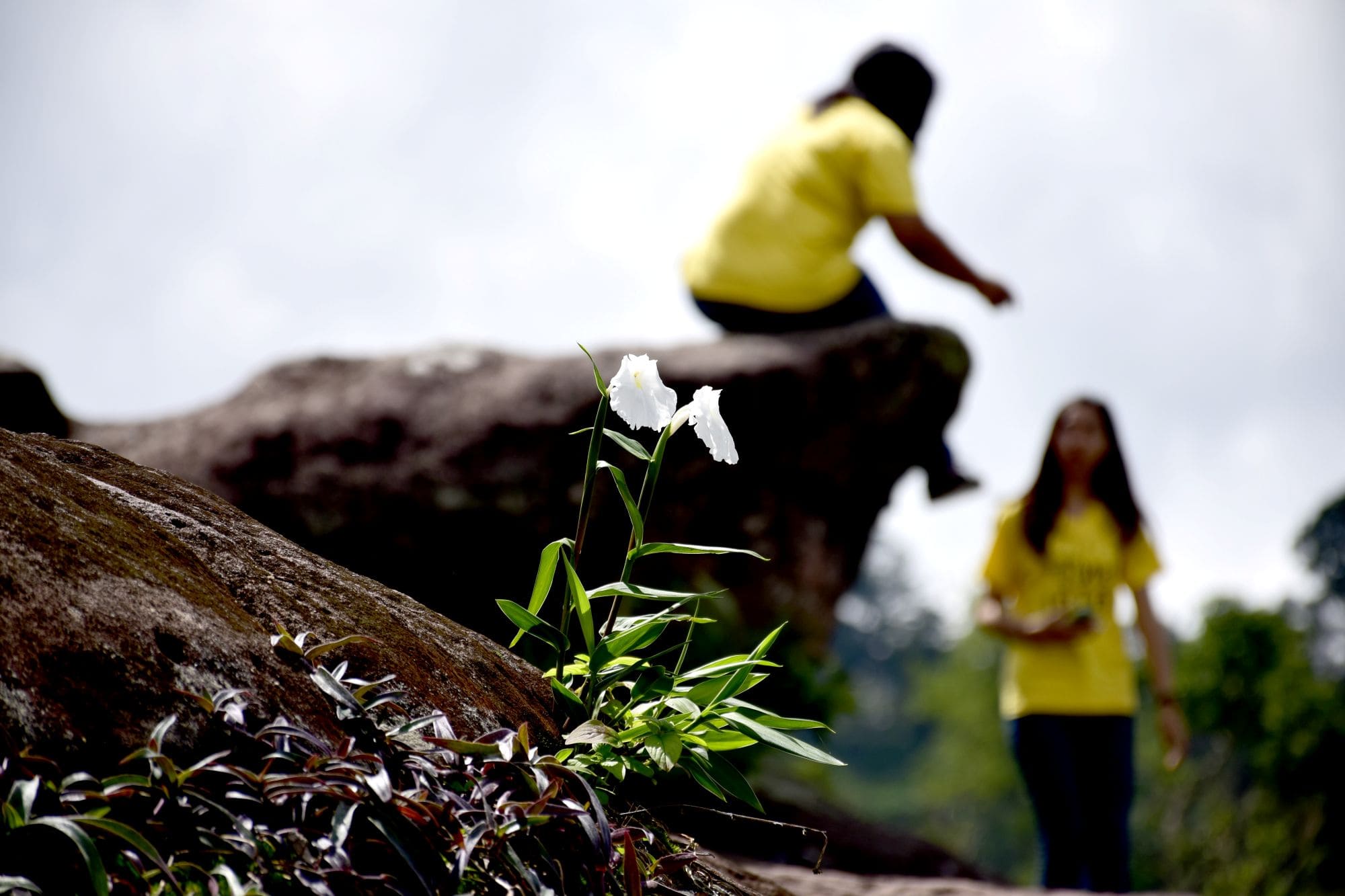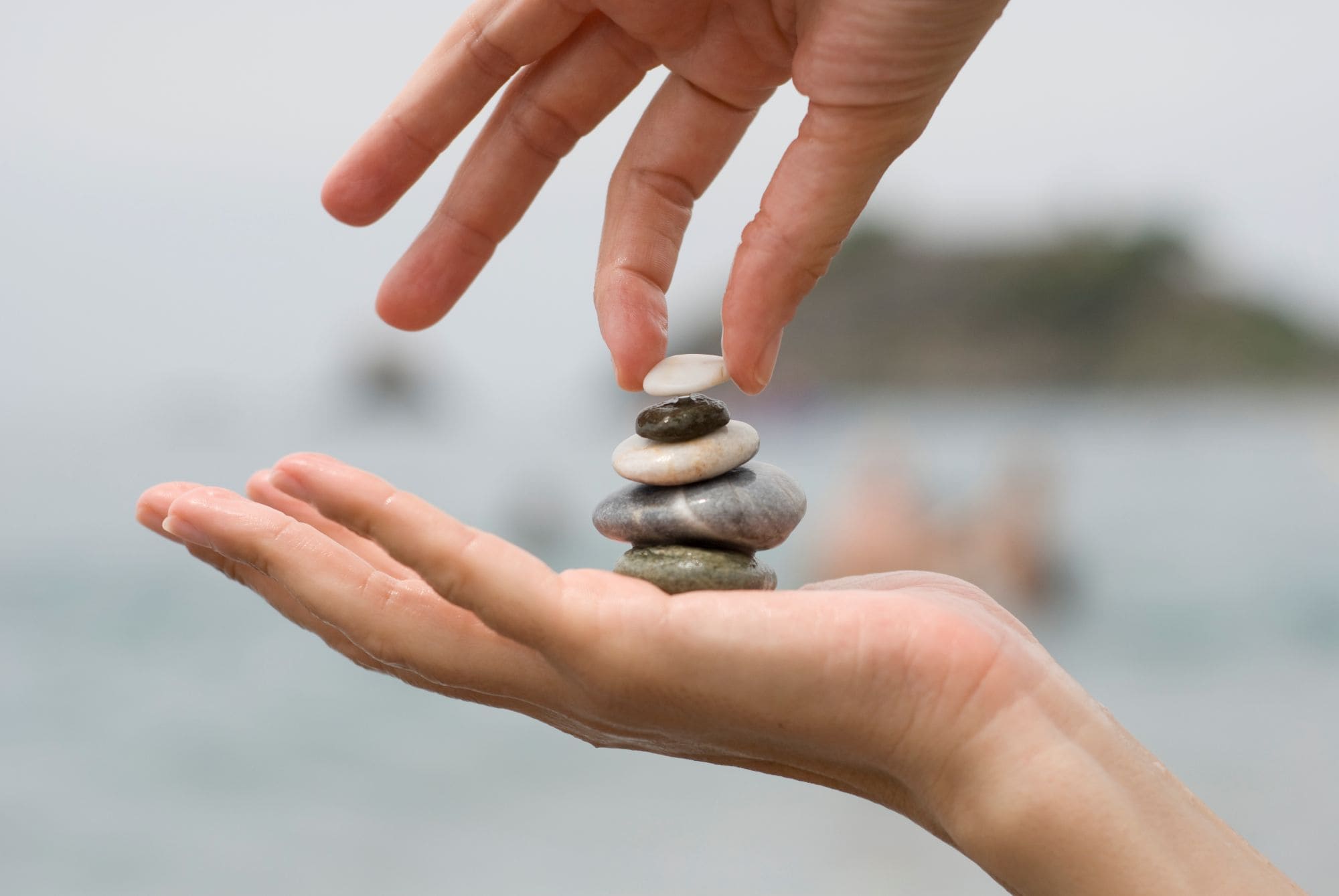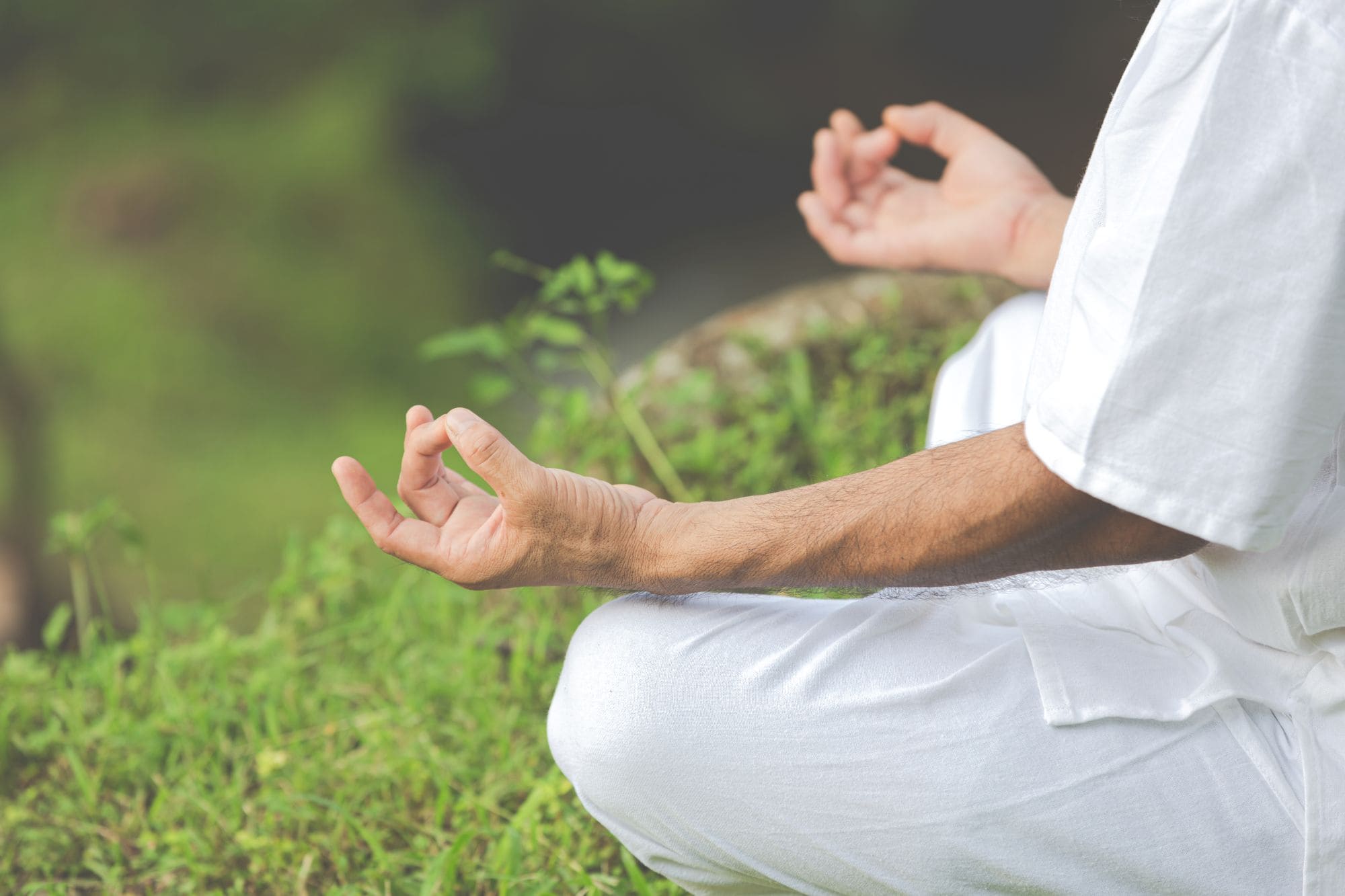The Essence of Karunamala: Awakening Compassion and Inner Peace
Discover the spiritual powers of Karunamala, the mala of compassion, and how it nurtures inner peace, deep meditation, and holistic transformation. Learn its origins, technique, benefits, and how to integrate it into modern life.
Introduction
In a world pulsating with distractions, noise, and stress, the journey inward becomes not merely a luxury but a necessity. Amidst this reality, Karunamala—the Mala of Compassion—stands as a beacon, guiding seekers toward deeper awareness, emotional healing, and vibrant spiritual alignment. At Vedaashram Foundation, we believe Karunamala isn’t just a tool, but an experience: a tapestry weaving intention, breath, devotion, and transformation.
In this extended exploration, we will traverse through its origins, symbolism, practical use, transformative benefits, common challenges, integration into daily life, and touching stories from practitioners who found solace in its sacred beads.
1. Origins & Symbolism of Karunamala
1.1 The Root Meaning of “Karuna” & “Mala”
-
“Karuna” in Sanskrit denotes compassionate empathy—the fearless, heartfelt feeling of alleviating others’ suffering.
-
“Mala” literally means garland or string of beads, traditionally used as a counting instrument in japa (repetition).
Together, Karunamala embodies the idea of weaving compassion in one’s practice and life.
1.2 Historical & Scriptural Mentions
-
Ancient Vedic and Tantric lineages reference prayer beads and sacred malas as tools for mantra, japa, or meditation.
-
Over centuries, Himalayan yogis and sadhus crafted special malas with seeds, gemstones, or wood, intended for specific energies.
-
Karunamala, as a mala dedicated to the heart, compassion, and spiritual upliftment, is a more recent name in many lineages, adapted for modern seekers.
1.3 Materials, Beads & Structure
-
Traditional Karunamalas often use Rudraksha, Tulsi seeds, Sandalwood, or gemstones associated with the heart chakra (like rose quartz).
-
The standard count is typically 108 + 1 (meru) beads, though other counts exist (e.g. 54, 27) depending on the practice.
-
Some malas include spacers or marker beads after every 27 or 36 beads, to help segment longer japa sessions.
1.4 Symbolic Significance
-
The circular string: the never-ending cycle of birth, death, and rebirth.
-
Beads: moments of silence, breath, or awareness.
-
The meru (guru bead): the meeting point between personal and divine consciousness.
-
Threads: binding intention, devotion, and discipline.
2. How to Use Karunamala in Practice
2.1 Choosing the Right Mala
-
Select a mala that feels comfortable in your hand.
-
The weight, material, and finish matter: too heavy or too light both distract.
-
Ensure guru bead is easily identifiable (maybe marker, design, or knot).
2.2 Cleansing & Energizing
-
New mala often needs purification: soak in moonlit water or sacred Ganga water, dry in shade.
-
Smudge with frankincense, sandalwood, or palo santo.
-
Chant a short mantra before first use: e.g. “Om Karunamalaaya Namah” or your guiding mantra.
2.3 Basic Japa Technique
-
Hold the mala in your right palm, using your middle finger to move beads.
-
Begin at the guru bead, move one bead per mantra recitation.
-
Continue till the full circle; on the guru bead, either reverse or complete in reverse direction (never cross over the guru).
-
Breath rhythm: inhale, recite/mantra, exhale—each bead is a full cycle.
2.4 Integrating Breath & Awareness
-
Anchor to the breath: e.g. inhale for 4 counts, recite mantra, exhale.
-
Use micro-checkpoints: every 10 beads pause for 5 seconds to sense your vibration.
-
If mind wanders, gently bring focus back to mantra + bead.
2.5 Deep Practices & Retreat Mode
-
Extended japa: sessions of 1080 beads (10 malas) with rest periods.
-
Silent retreat: using Karunamala in sitting meditation (without voice) as tactile anchor.
-
Seva japa: carrying the mala while doing service tasks, silently repeating mantra.
3. Benefits & Transformations
3.1 Emotional & Psychological Benefits
-
Calms anxiety by giving focal point for restless mind.
-
Helps process suppressed emotions: grief, anger, longing.
-
Builds resilience in facing inner shadows.
3.2 Spiritual & Energetic Upliftment
-
Activates heart chakra (Anahata) by its compassionate resonance.
-
Helps unlock subtle energy flows (prana) in nadis (energy channels).
-
Deepens intuition, clarity, and connection to higher guidance.
3.3 Daily Life Integration
-
Use 10–27 bead mini-set in morning to set tone.
-
Japa during walking, chores, or quiet moments to maintain momentum.
-
Use as meditation anchor when stressed or uncertain.
3.4 Community & Shared Practices
-
Group japa sessions amplify collective intention.
-
Mala exchanges: giving a mala as blessing to others.
-
Mala sanctification events: consecrating malas by prayers and energy.
4. Common Challenges & How to Overcome
4.1 Bead Fatigue & Hand Discomfort
-
Use a lighter mala or drop weight (fewer spacers).
-
Alternate between left and right hands.
-
Do hand stretches and rest breaks.
4.2 Mind Wandering & Distractions
-
Bring awareness back gently, don’t judge.
-
Use guided audio or japa apps to maintain rhythm.
-
Use shorter “mini malas” (27 beads) for short sessions.
4.3 Mala Wear & Tear
-
Breakage: restring using silk or nylon threads.
-
Clean periodically (moon bath, smudge).
-
Replace beads gradually rather than discarding mala.
4.4 Losing Enthusiasm
-
Recommit with ritual: light lamp, chant invocation, re-bless mala.
-
Join community sessions for accountability.
-
Record progress, feelings, subtle shifts in journal.
5. Real-Life Stories & Testimonials
(Here you insert 3–5 stories from practitioners — names changed or anonymized — about how Karunamala transformed their life: healing, clarity, peace, or spiritual awakening.)
6. Q&A & Troubleshooting
-
Q: Can I use Karunamala for any mantra?
A: Yes, though aligning mantra intention (heart, compassion) heightens resonance. -
Q: What if I lose track mid-mala?
A: Pause, breathe, find the last known bead, resume without guilt. -
Q: Can I share my mala?
A: Avoid sharing — mala holds your energy; if shared, cleanse again first. -
Q: How long until I “feel” effect?
A: Effects begin subtly — calm, lucidity — after days. Consistency is key.
7. Integrating Karunamala Across Your Journey
-
Use it during sunrise/sunset to harness energy.
-
Combine with pranayama or breathwork before japa.
-
Meditate with mala in silent retreats; use it after workshops.
-
Gift malas as blessings to loved ones with intention.
-
Use mala in seva (service) work, silently chanting during service tasks.
8. Closing Reflection
Karunamala is more than beads; it’s a bridge — from wanting to being, from turbulence to ease, from isolation to shared vibrational grace. At Vedaashram Foundation, we invite you to hold it not just in your hand, but in your heart. May your practice unfold with compassion, clarity, and luminous peace.
Switch Color
Direction
- RTL
- LTR
Page Width
- Boxed
- Full width
Sticky Header
- Yes
- No
Dark Mode
- Enable
- Disable
